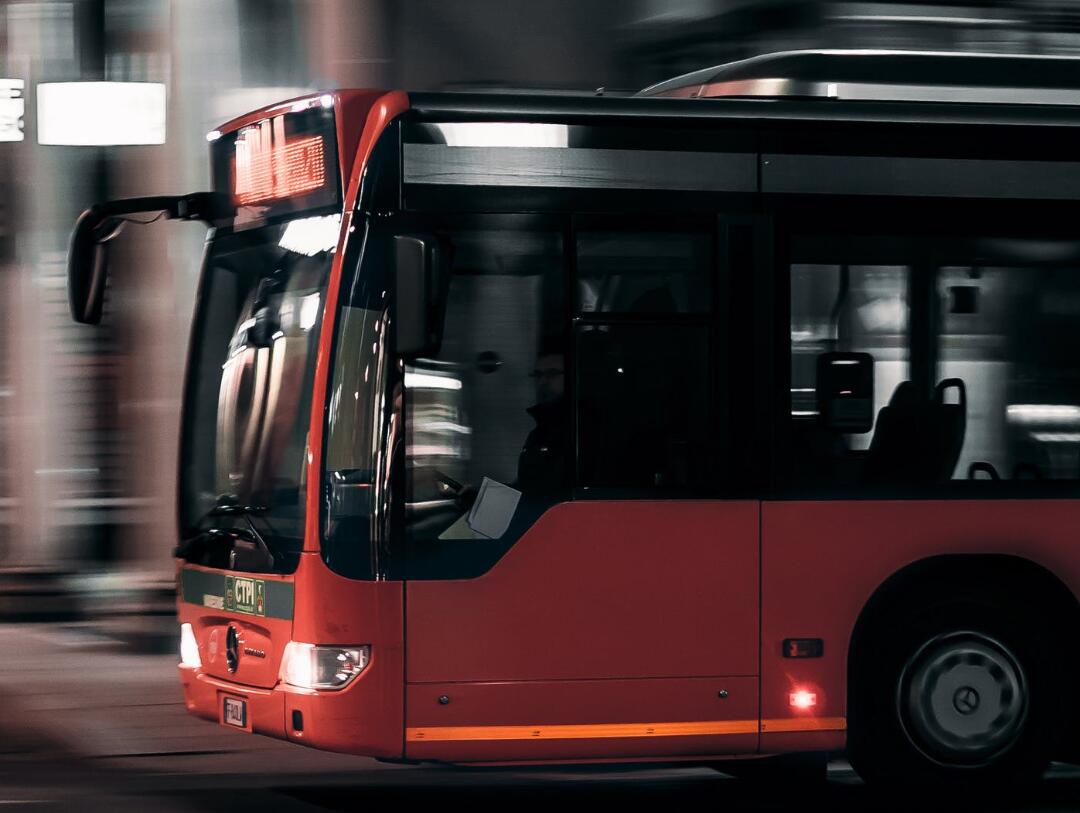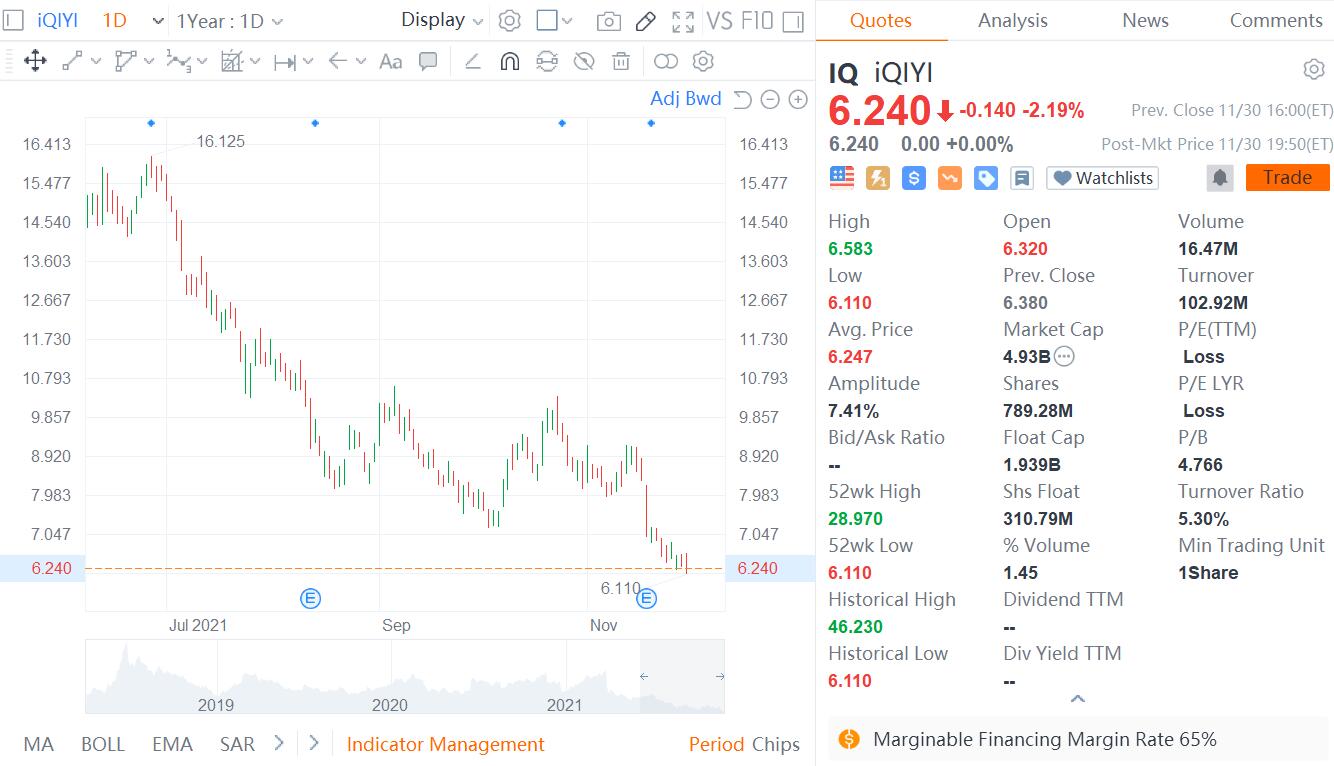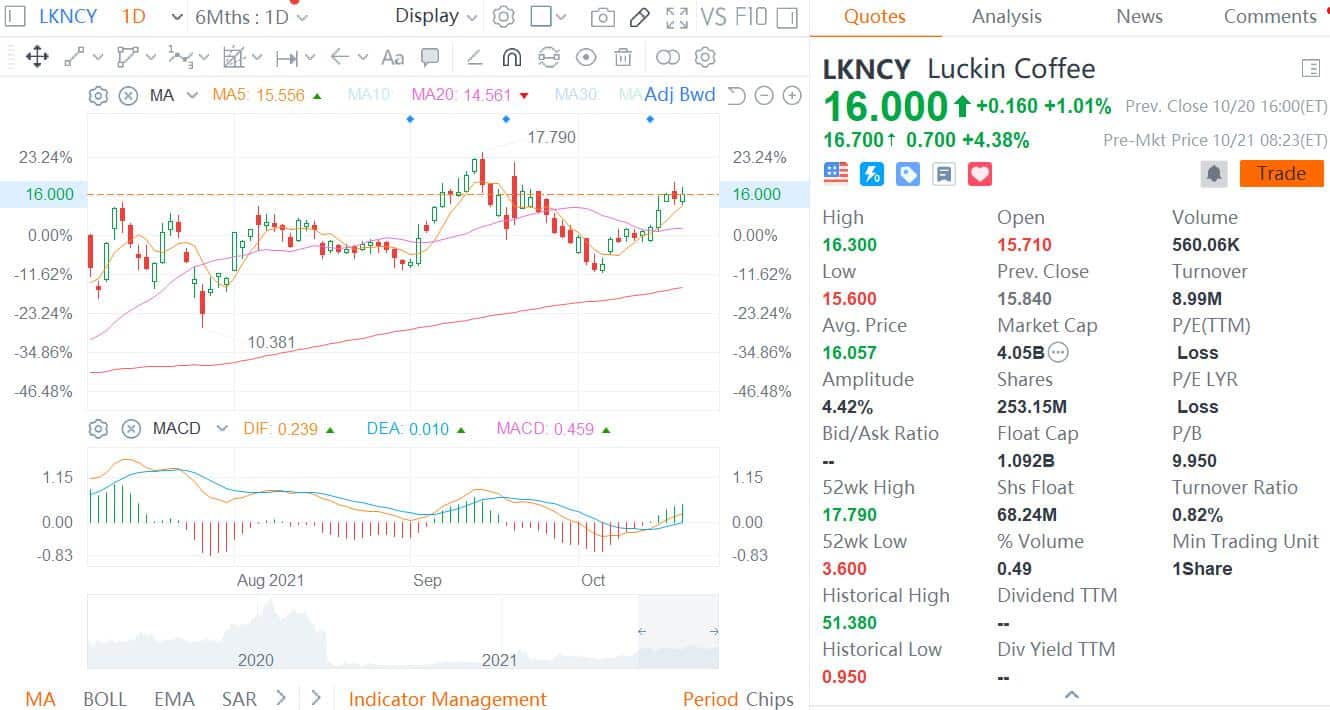
(Photo: Pexels)
A recent study found that the new coronavirus has a strong ability to spread, with the maximum distance of transmission in the air-conditioned compartment being 4.5 meters, and the virus being able to float in the air for at least 30 minutes and cause infection.
Therefore, it is recommended to take personal protection when boarding public transportation, and at the same time ensure ventilation and fresh air volume in public transportation, and clean and disinfect the compartment.
Recently, some studies have investigated the possibility of aerosol transmission in a confined environment, using a cluster of 13 people infected by public transportation as a case.
The study was entitled "An Epidemiological Survey on the Aggregative Epidemic of New Coronavirus Pneumonia Transmitted by Aerosols in Public Transport." The "Practical Preventive Medicine" sponsored by the Chinese Preventive Medical Association was first issued on March 5.
The study introduced a clustered outbreak that occurred in a certain place in Hunan Province and was caused by public transportation: On January 28, B reported a case of suspected new type of coronavirus pneumonia (case A).
The patient developed symptoms on January 22 and was diagnosed on January 29. He and his colleague surnamed Li (confirmed case, onset of January 16) had experiences of sharing meals and working on the 5th and 3rd days before the onset of the disease.
At 12 o'clock on January 22, Case A (without a mask) took the Jiadi bus and arrived at B at 14 o'clock, resulting in the onset of 7 people in the same car (Case B-Case H), in addition to an asymptomatic infection (Case I).
At 15:40 on January 22, Case A (without a mask) took the shuttle bus and the journey took about 1 hour, resulting in the onset of 2 people in the same car (Case K and Case L).
On the same day, the case A's bus arrived at Site B, stayed for 30 minutes (the vehicle was not disinfected during the stay), and returned to Site A.
One passenger (case J) took the car (the seat is close to the seat that was taken before case A), and became sick on January 24. According to the investigation, case J had no other history of special residence and contact.
The epidemic also triggered three successive cases: Case B and Case K were followed by one relative, Case M and Case N.
Under what circumstances did this cluster outbreak that caused 13 people's infections occur?
Studies show that Case A took a 49-seater fully air-conditioned passenger bus at noon on January 22. The first floor of the bus is a luggage compartment, and the second floor is a passenger compartment. The bus is 11.3m long and 2.5m wide. The driver's seat is in the frontmost high-rise, with a total of 48 passengers besides the driver. When the vehicle leaves the station, it takes 46 people and picks up 2 people on the roadside.
The distance between Case A and the nearest infected person (case E) on the vehicle was less than 0.5m, and the distance between the farthest infected person (case G) was about 4.5m.
According to investigations, Case G and Case A got on and off the front and rear doors of the bus, respectively, and there was no close contact on the way. Taking a video from the car at that time, it was found that most people on the car were not wearing masks, and no cases were infected on the car.
Case A. The bus and the seat of the infected person (case) from No.1 to No.2 on January 22 at noon.
In the afternoon of January 22, Case A took an 18-seater air-conditioned minibus with the windows not open. The car is 5.5m long and 2.5m wide. In addition to the driver, there are 17 seats.
There were 12 people in the car, only one of them was wearing a mask, and the two infected people on the car were not wearing a mask. The distance between case A and the furthest infected person (case K) was about 4.5m.
The study pointed out that a total of 243 close contacts were found in the clustered outbreak, including 10 confirmed cases and 1 asymptomatic infection. The close contacts M of the second-generation case B and the close contacts N of the second-generation case K also became ill.
In addition, 10 cases of second-generation cases and 1 case of asymptomatic infection were found to have no clear epidemiological (exposure) history except for the case where they were jointly exposed to the bus with confirmed case A.
Except for two cases of three generations, except for a clear history of contact with one confirmed case in this case, the investigation found no other epidemiological (exposure) history.
The study suggests that the clustered epidemic has two important implications for the transmission of the new coronavirus.
The first is that in a closed air-conditioned compartment, the virus transmission distance may exceed the currently considered droplet transmission distance (usually 1m). In this survey, Case A was riding a fully enclosed air-conditioned bus, and the distance to the furthest infected person (Case G) was about 4.5m.
"The possible reason is that in a fully enclosed space, the flow of air is mainly driven by the hot wind generated by the air conditioner. The rise of hot air can transport virus-borne droplet particles to a greater distance, far beyond the commonly recognized 1m distance. The study said that the long-distance transmission in this outbreak also suggested that the new coronavirus may have the possibility of aerosol transmission in a confined environment.
Moreover, in a closed environment affected by air-conditioning wind, the transmission distance of the new coronavirus will exceed the commonly recognized distance of 1-2m.
The second is that the effective survival time of the virus in the compartment is not less than 30 minutes, and the virus stock can reach a level sufficient to cause human disease. For example, after taking a 30-minute bus stop in Case A, a passenger (case J) took the bus back to Site A. In the process, the infection developed.
Studies have shown that the clustered epidemic has some hints on the personal protection of the public, especially passengers traveling on public transport.
During the epidemic, travel personnel should prepare protective articles and prepare a certain number of medical masks, hand-free disinfectants, etc. according to the length of stay and the state of sanitary facilities at the place of travel.
When riding in more closed public transportation such as subways, cars, and airplanes, you should wear a mask during the whole process, while minimizing the contact between your hands and public areas, and avoid touching your face before cleaning.
Air circulation should be maintained as much as possible, and windows of the car, including the driver's cabin, should be opened in moderation.
In the case of closed/air-conditioned carriages, the fresh air supply volume should be adjusted to the maximum to increase the number of ventilations.
Under normal circumstances, the inside of the car is cleaned and disinfected 1-2 times a day. Pay special attention to clean and disinfect the interior space of the car once after arriving at the terminal.
Special Report: Fighting The New Coronavirus









